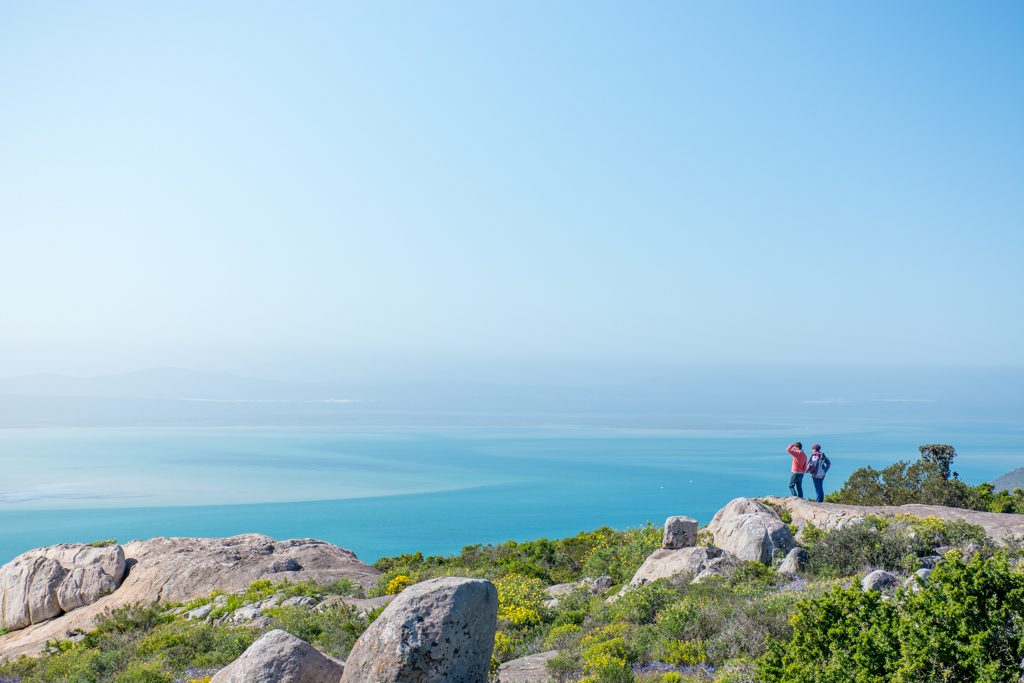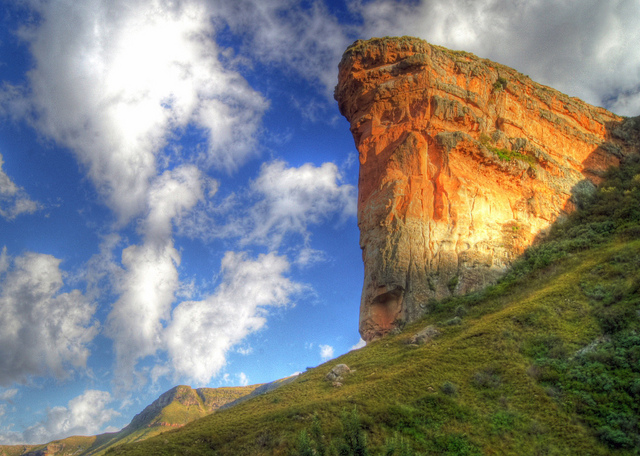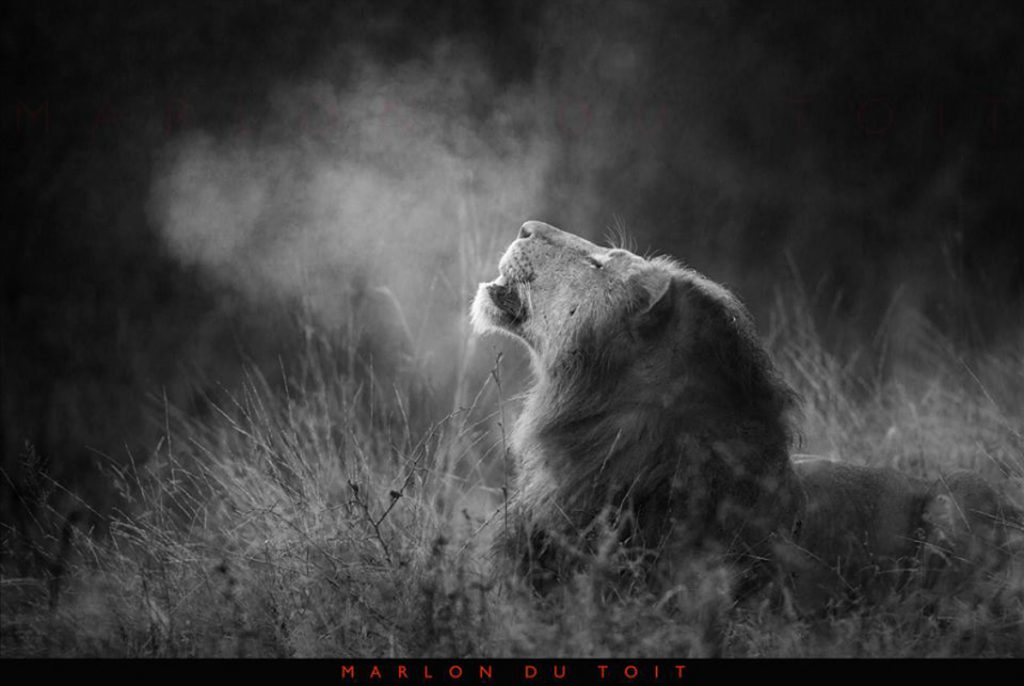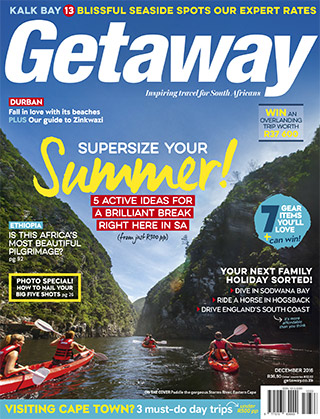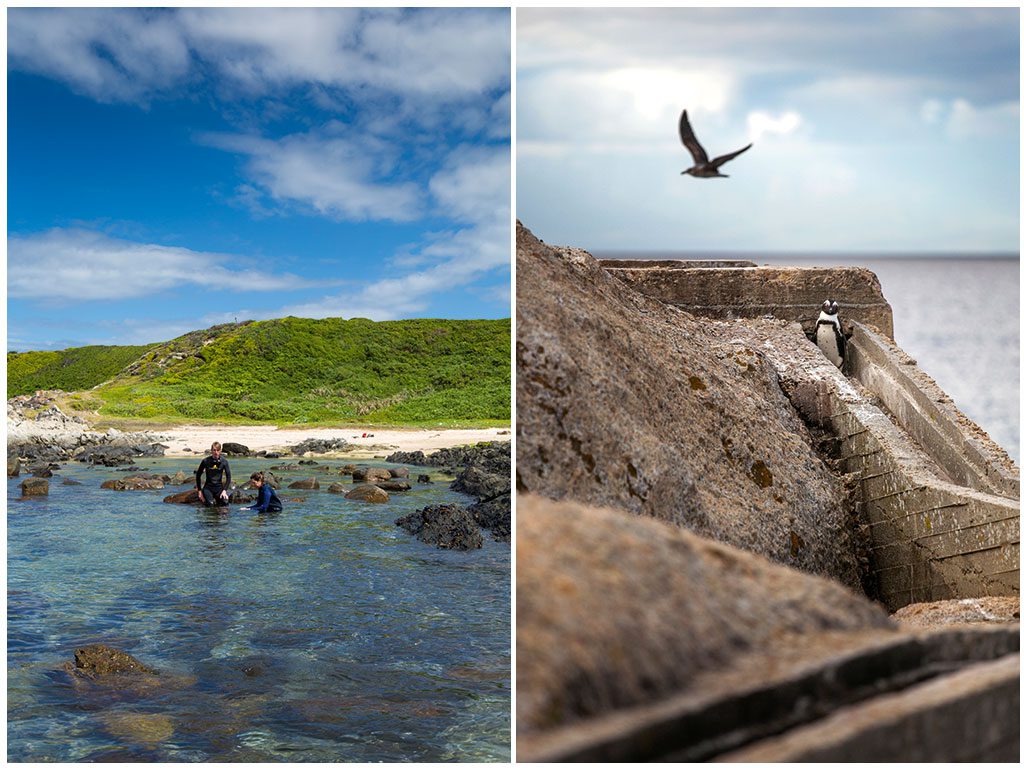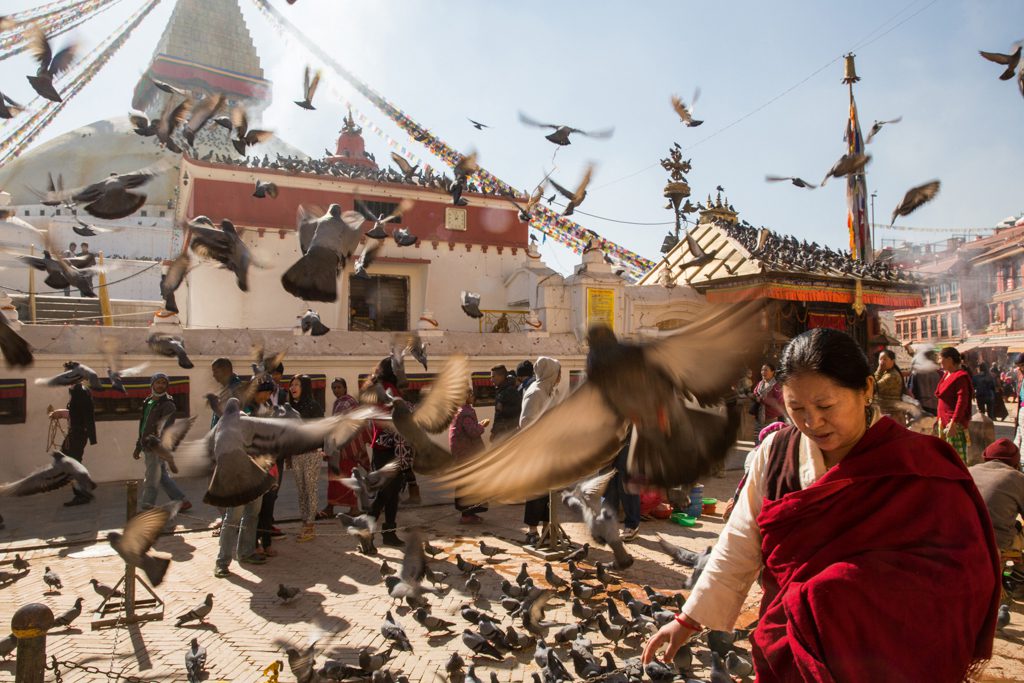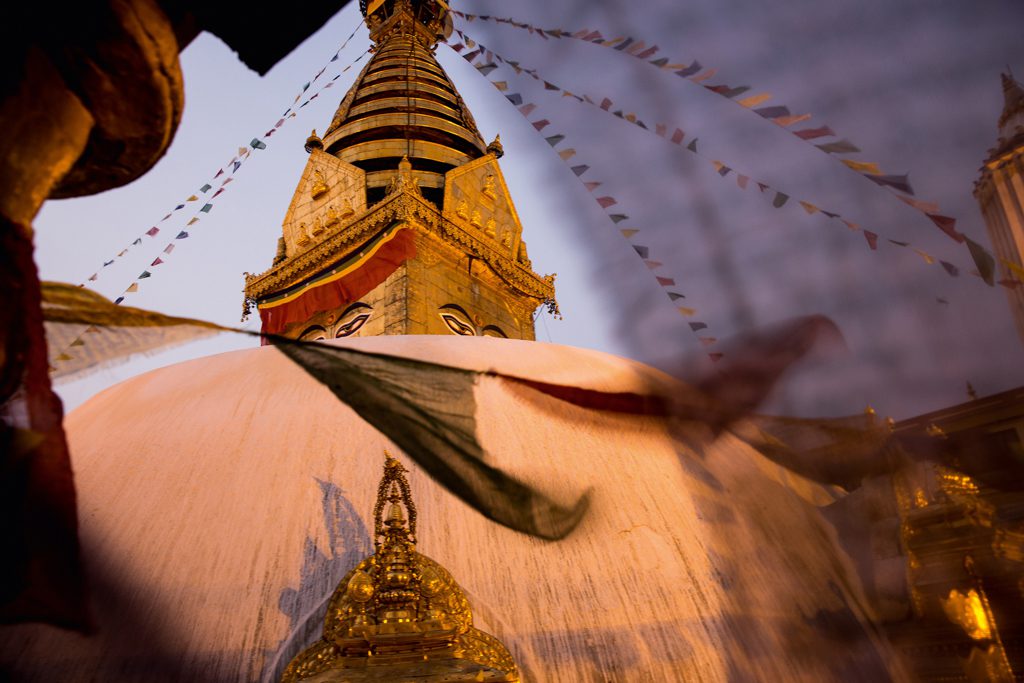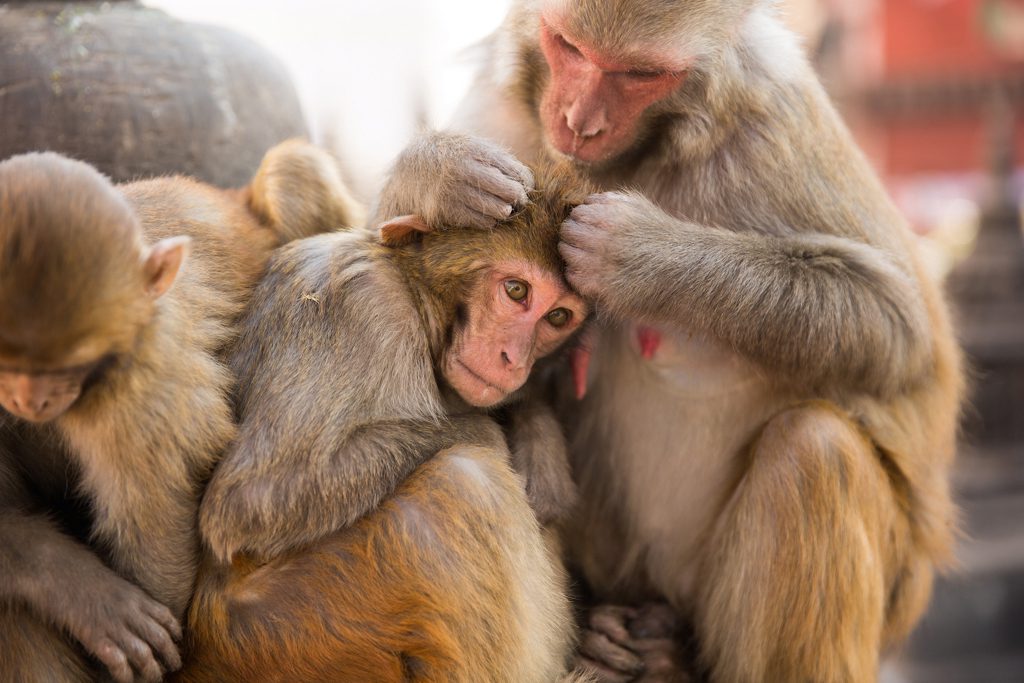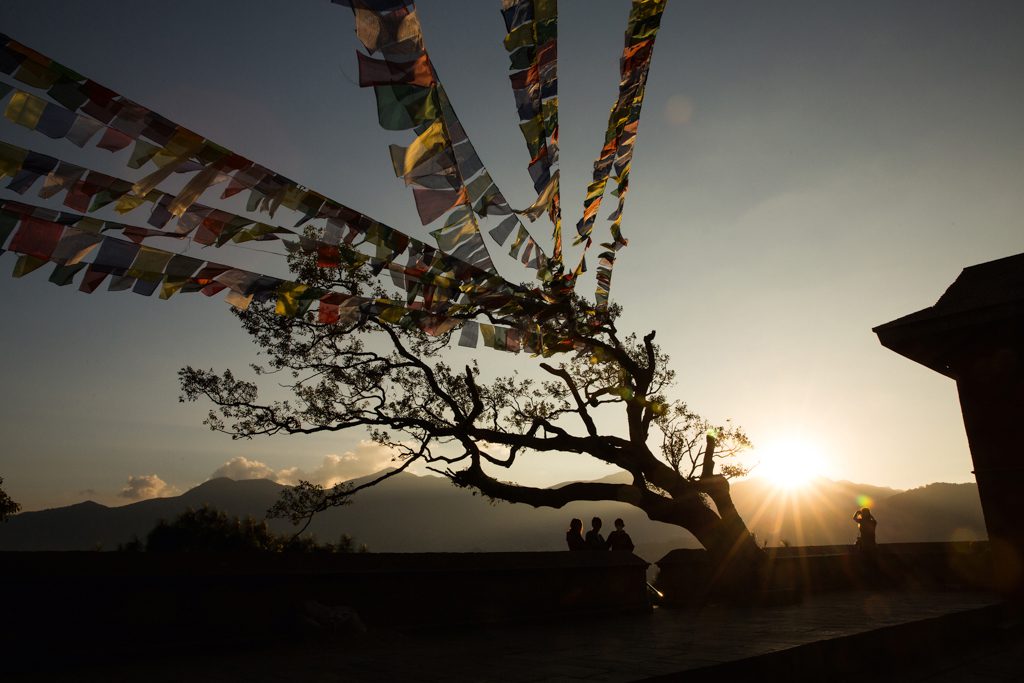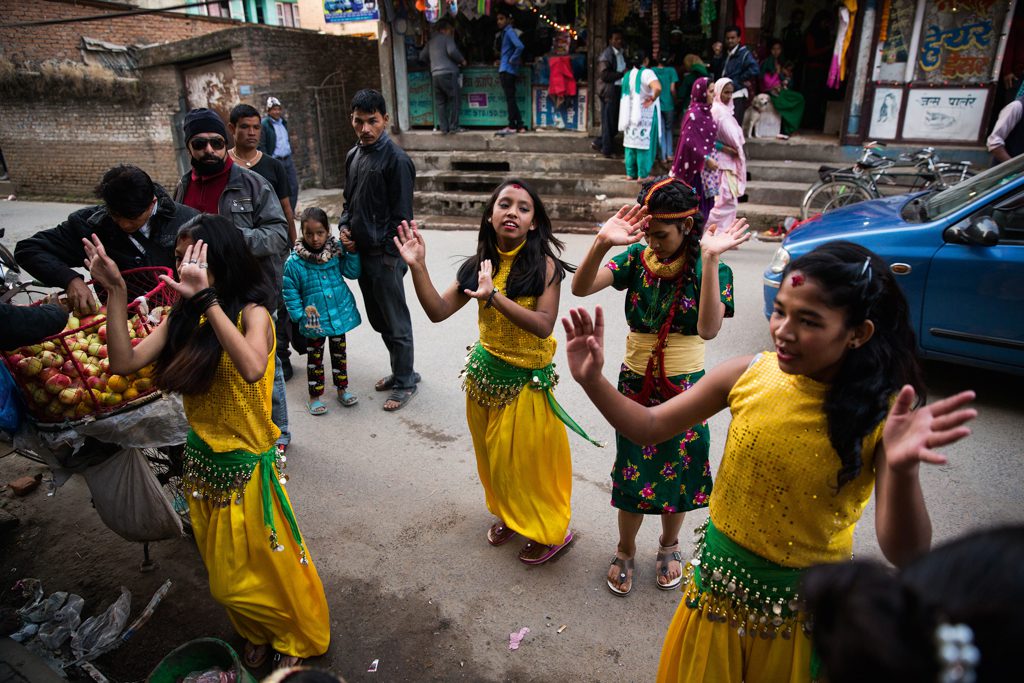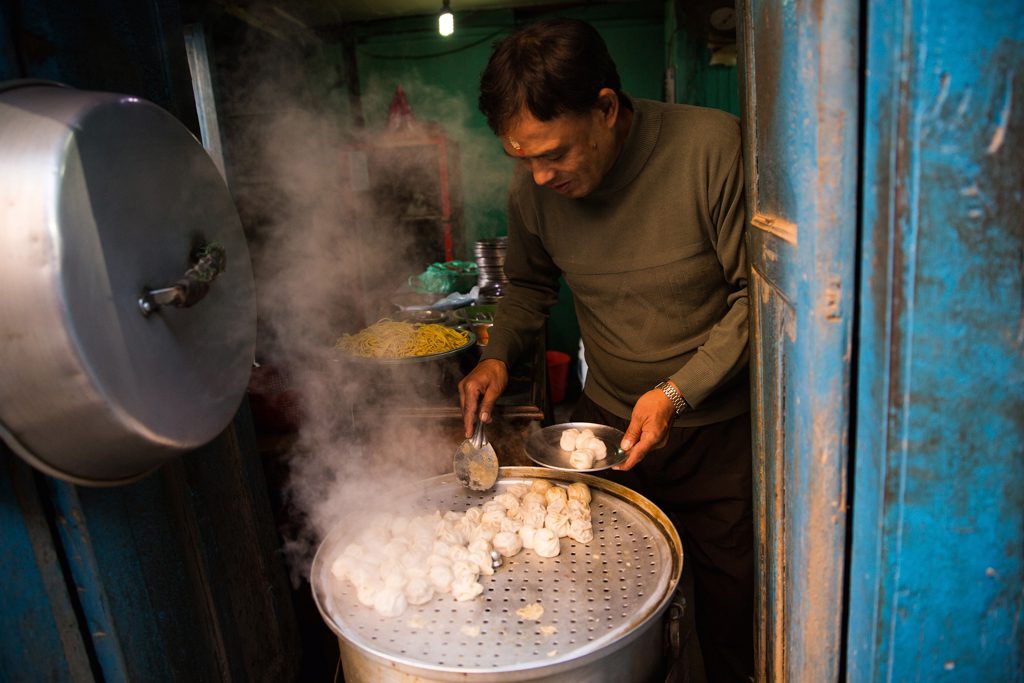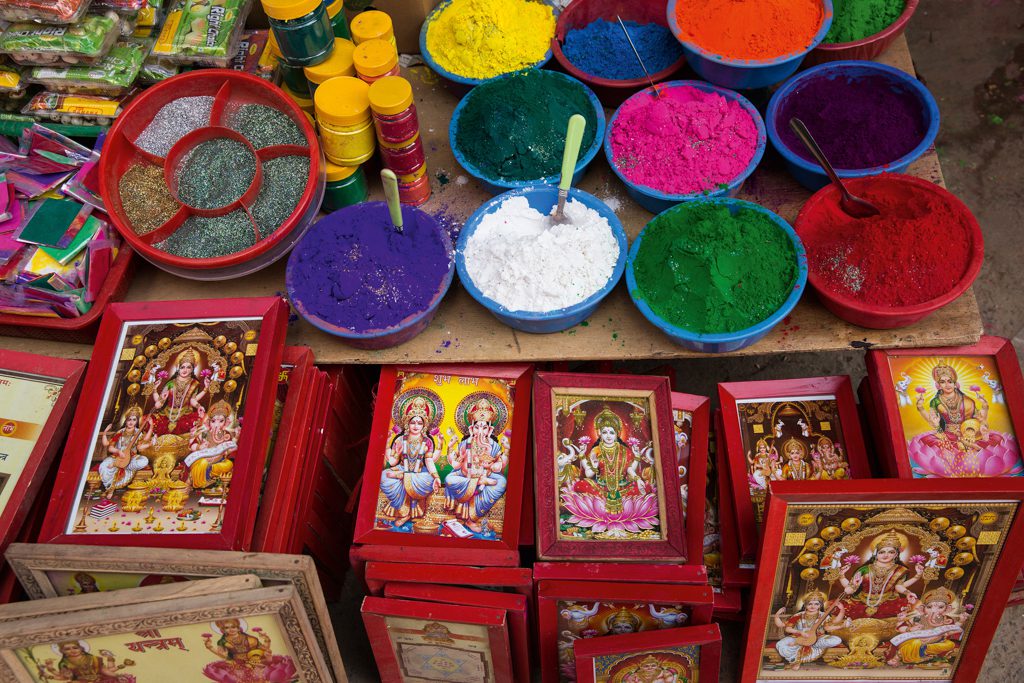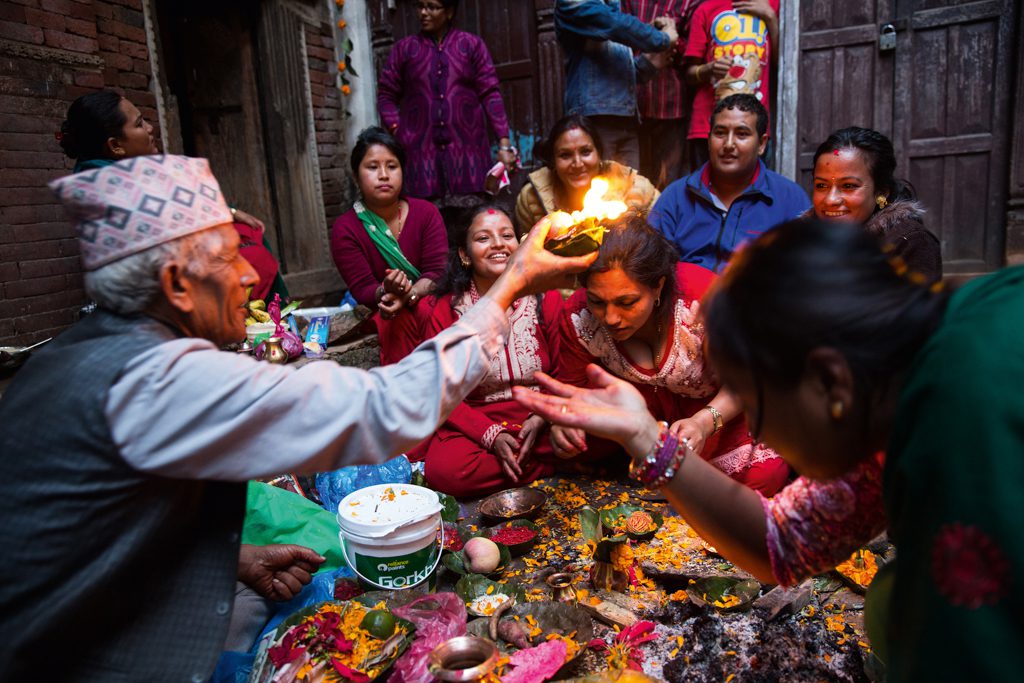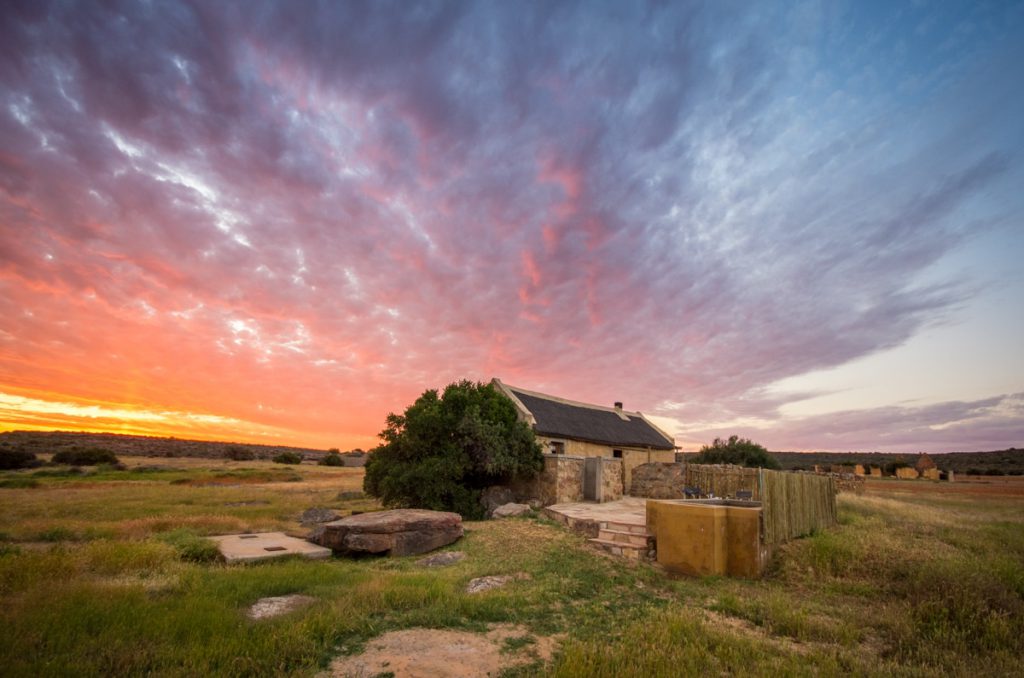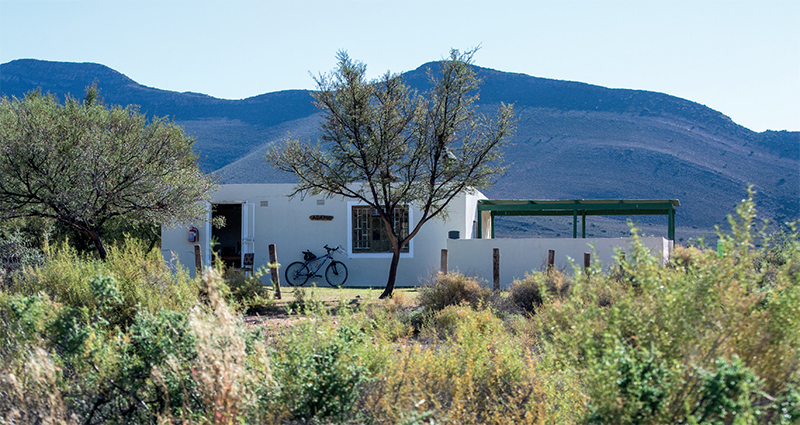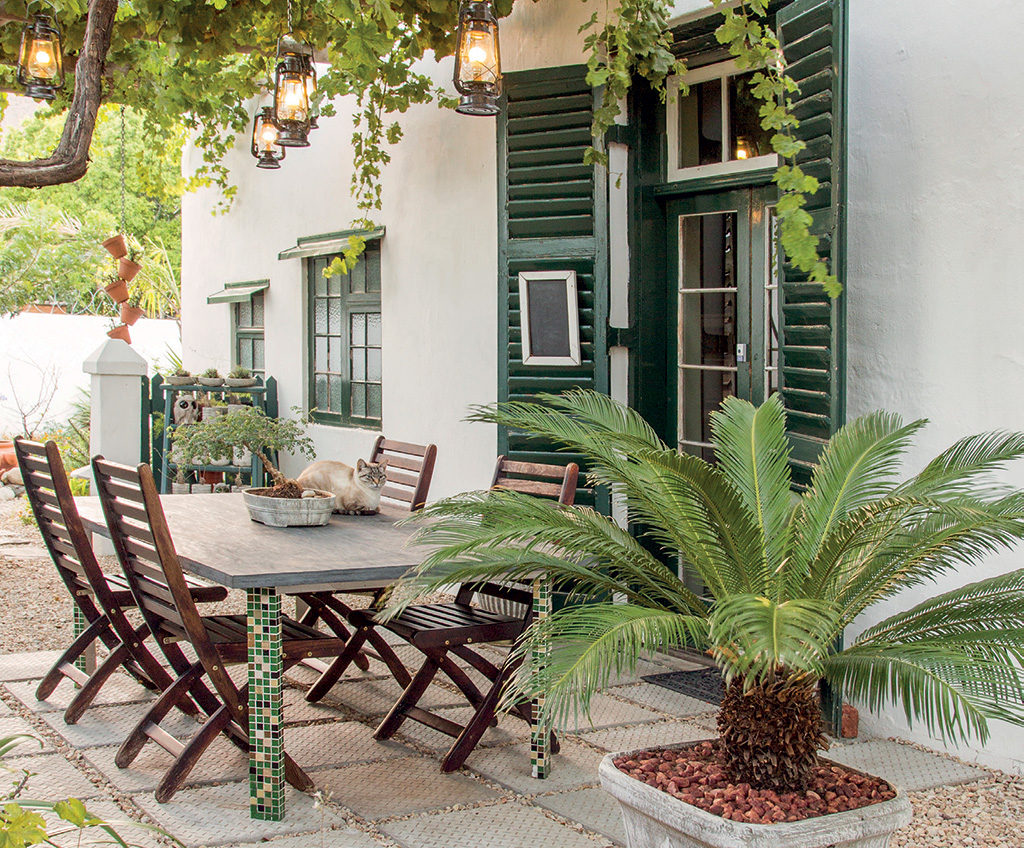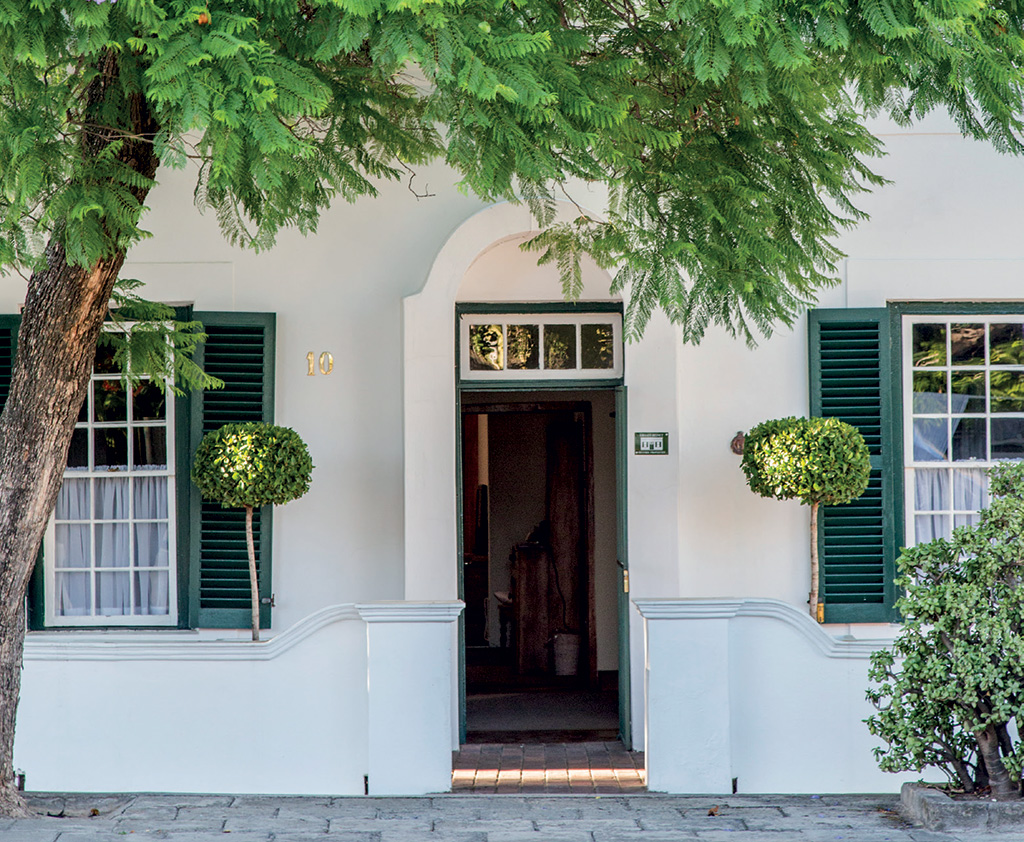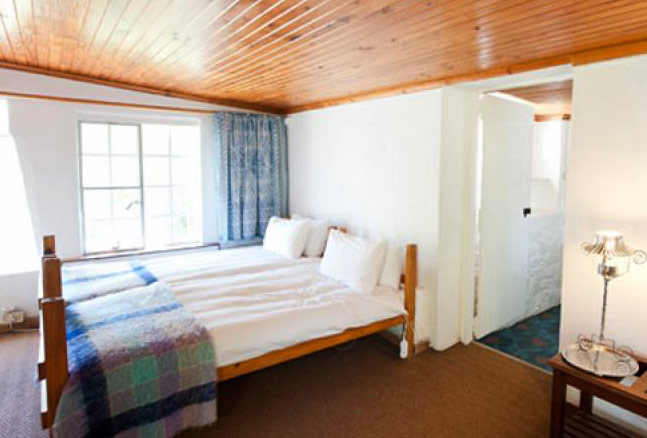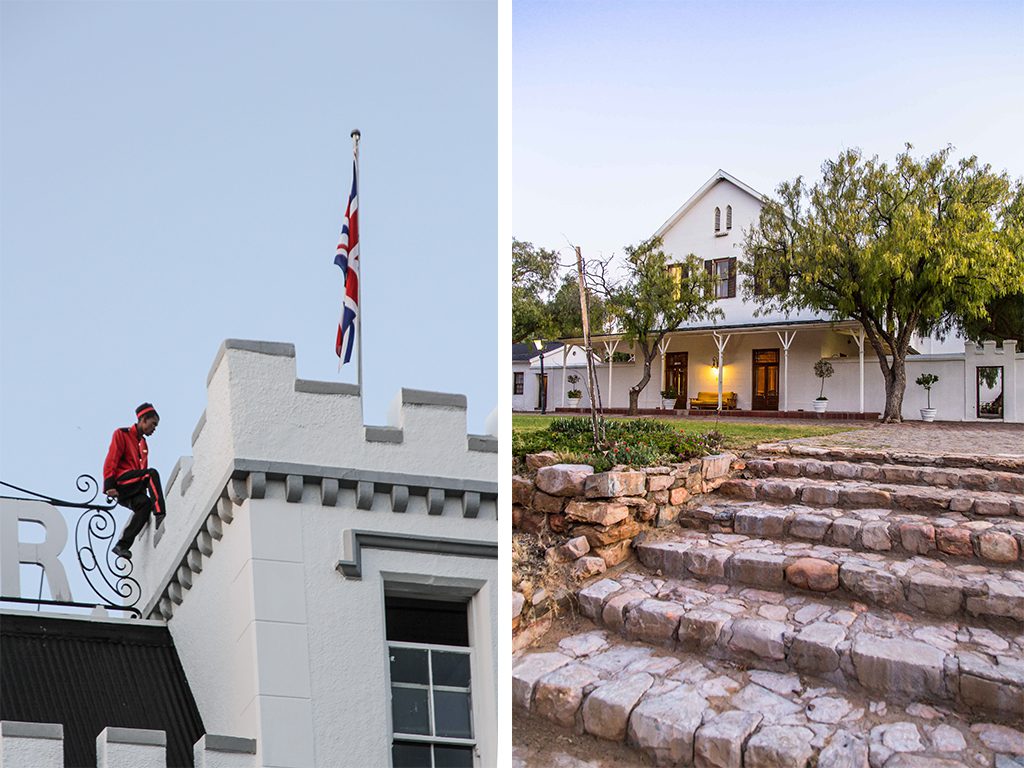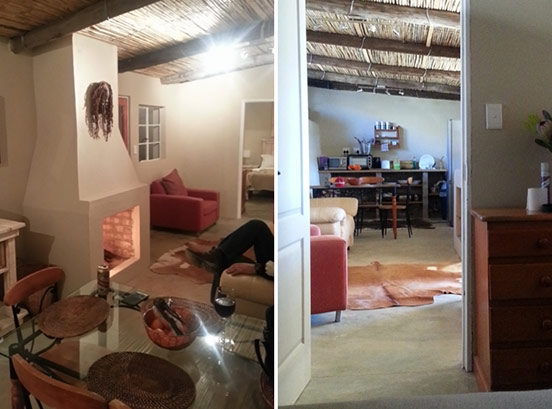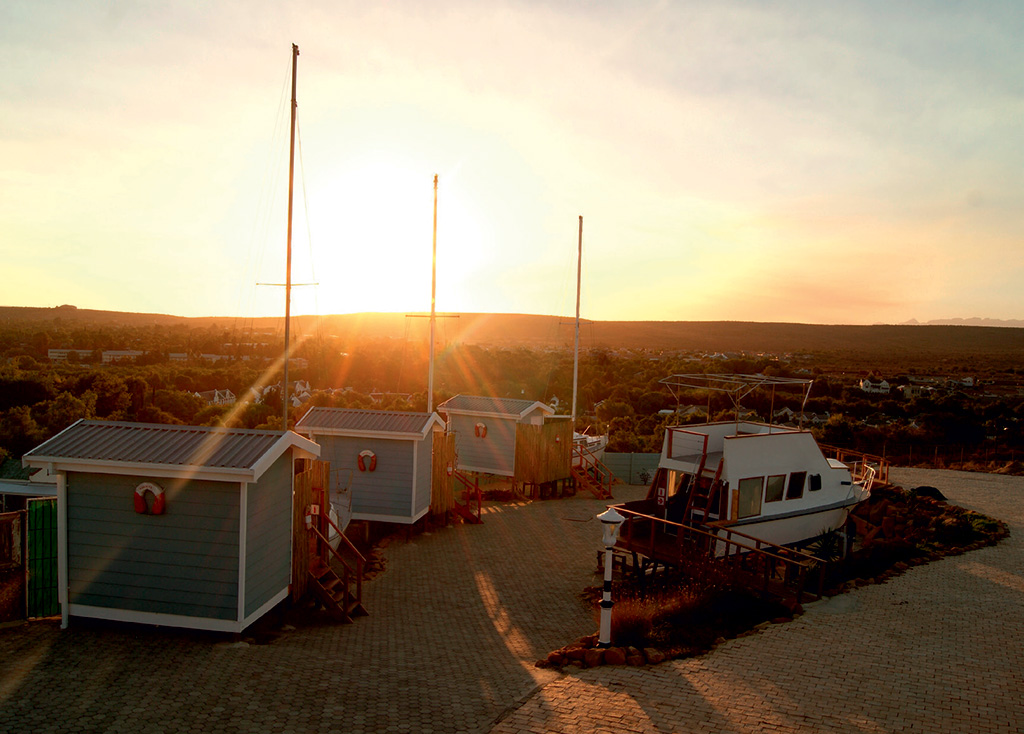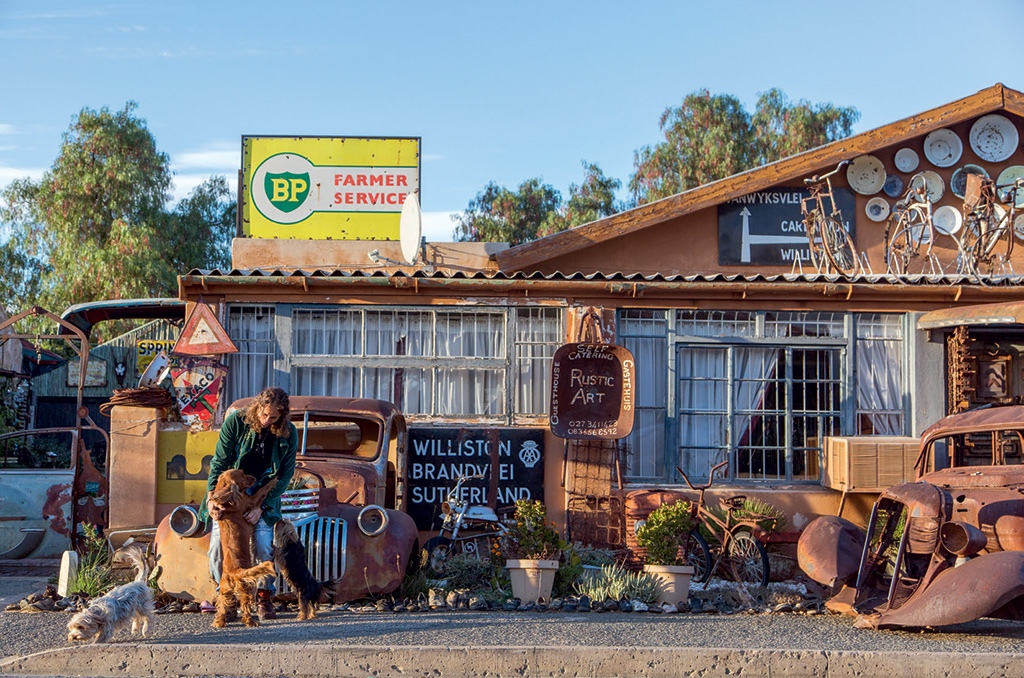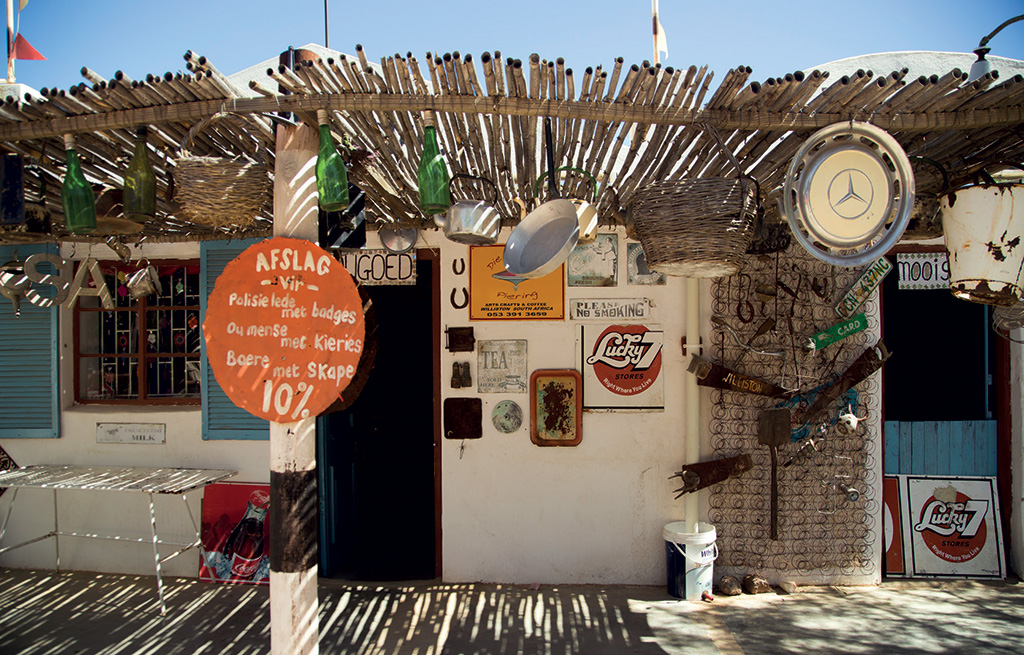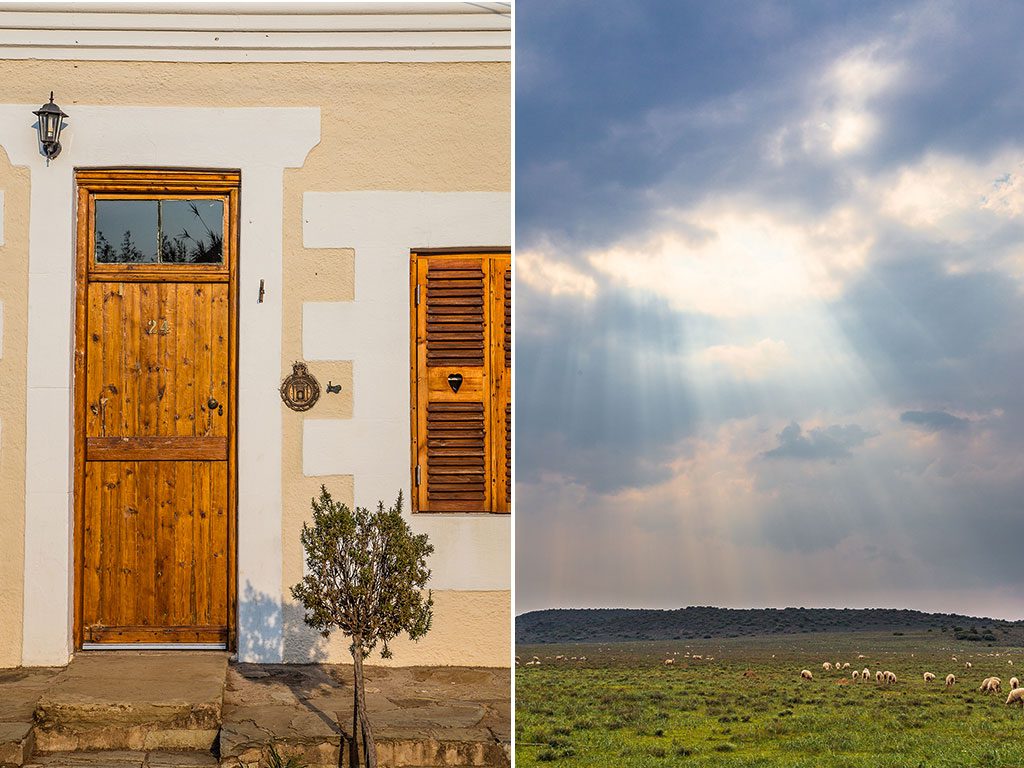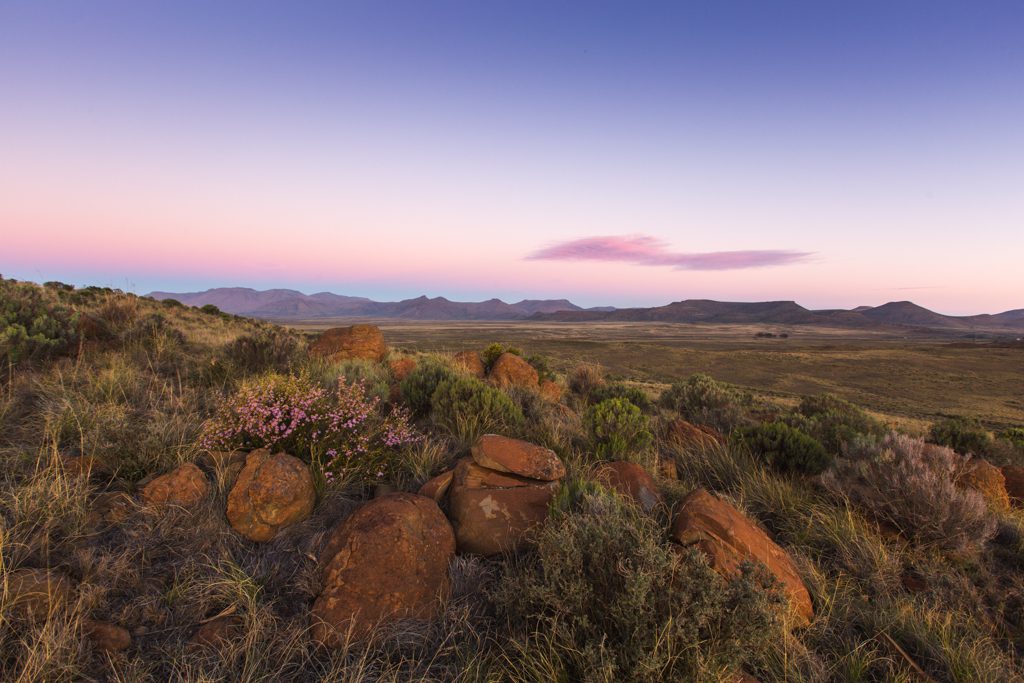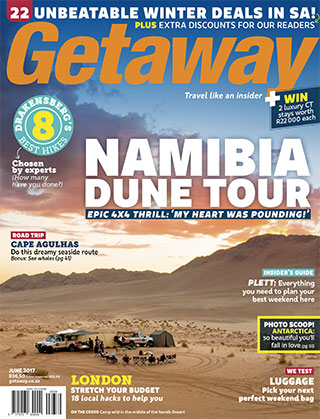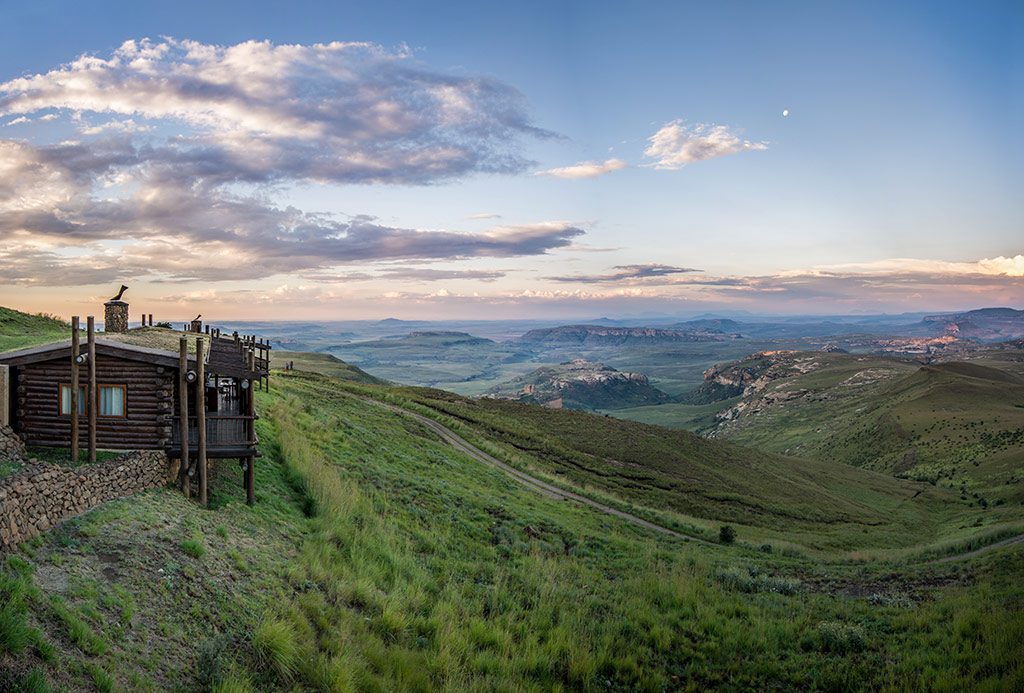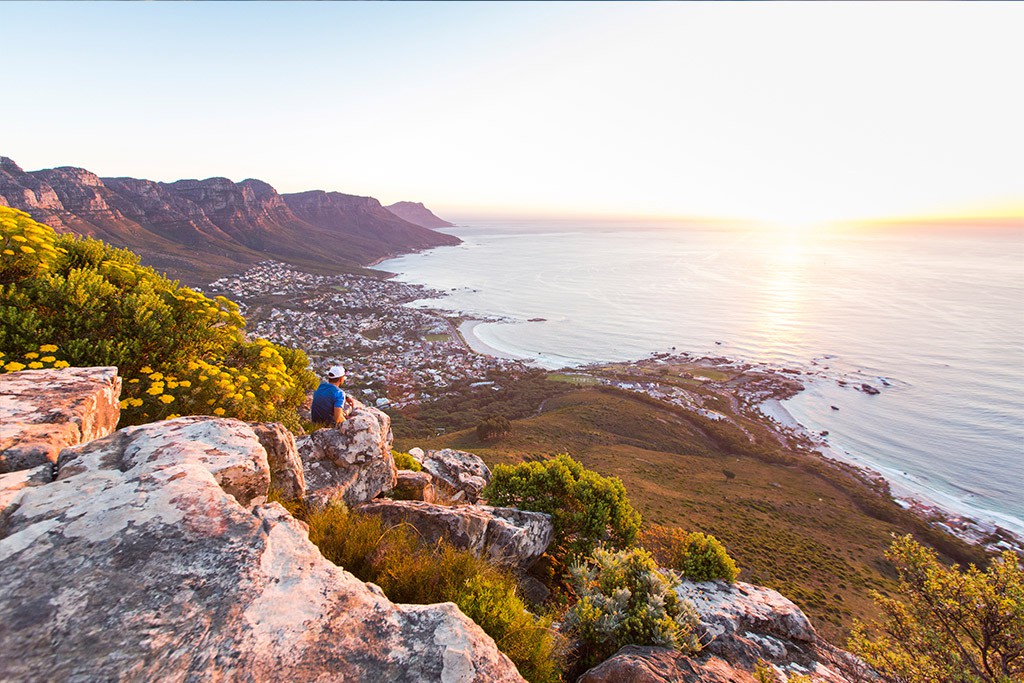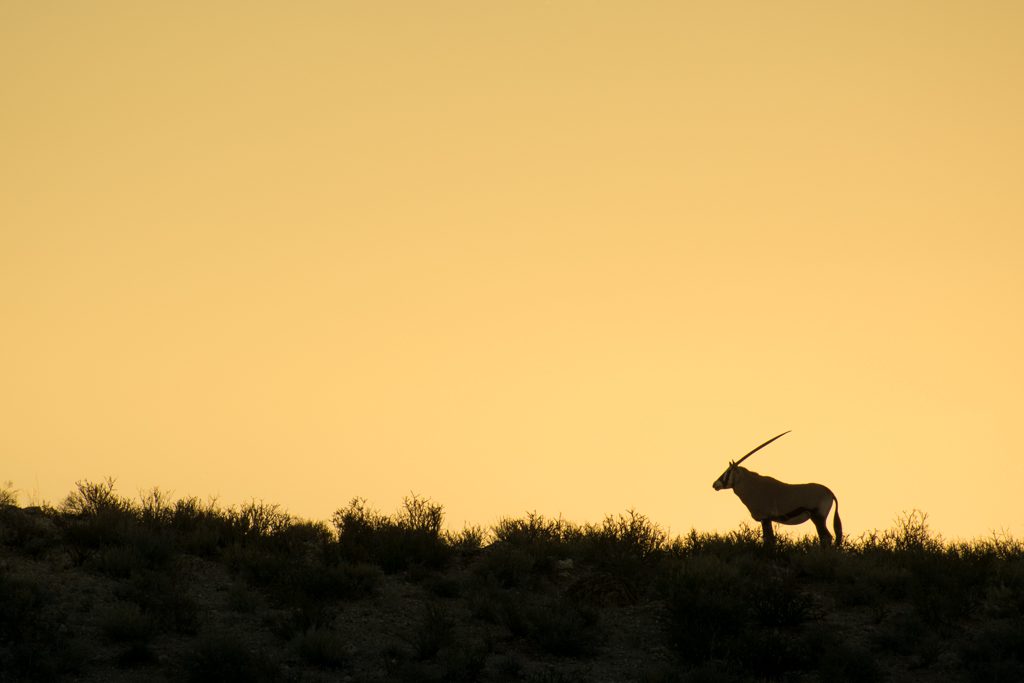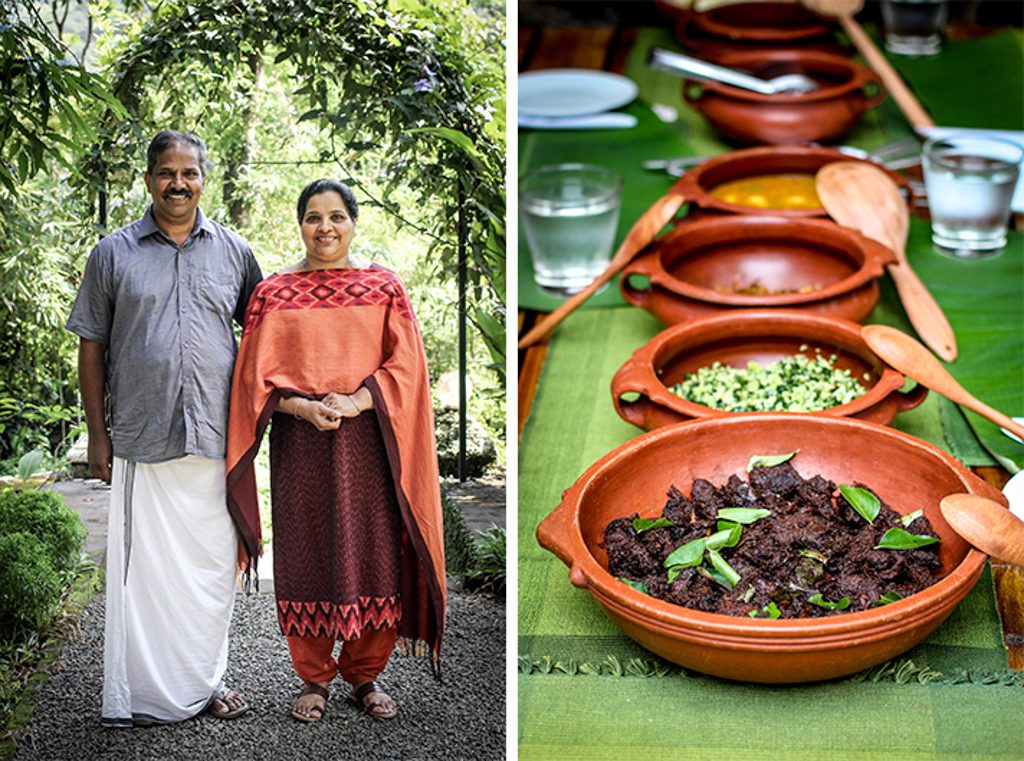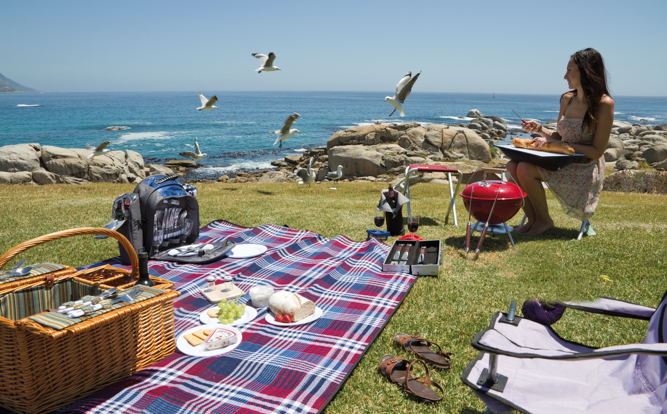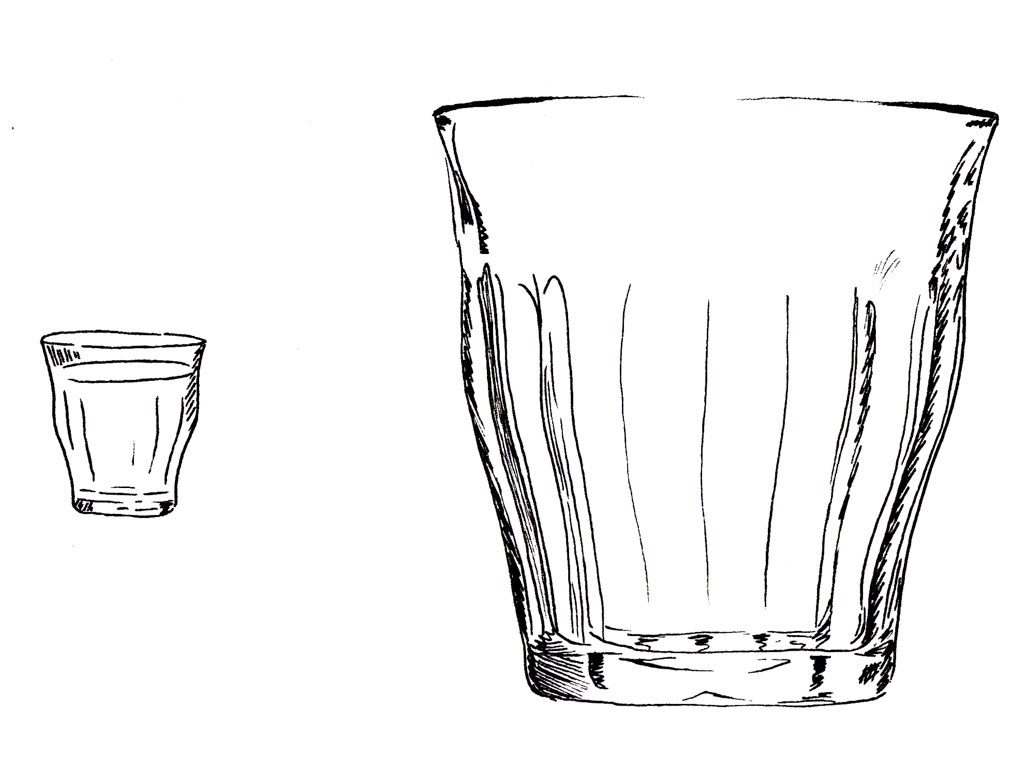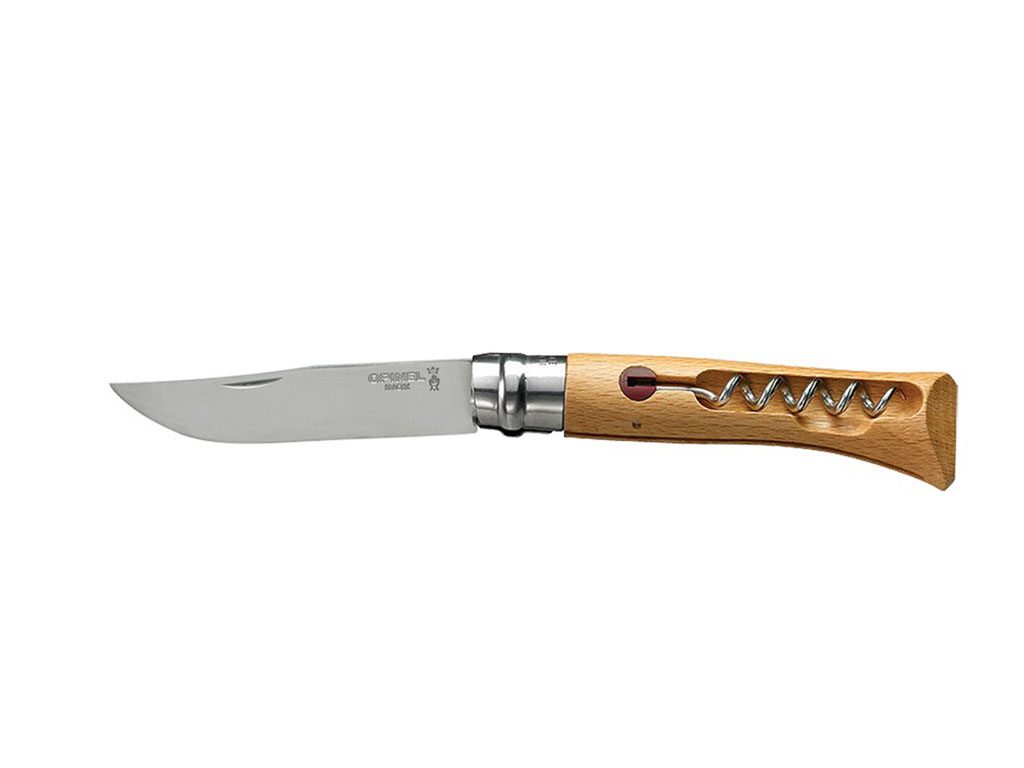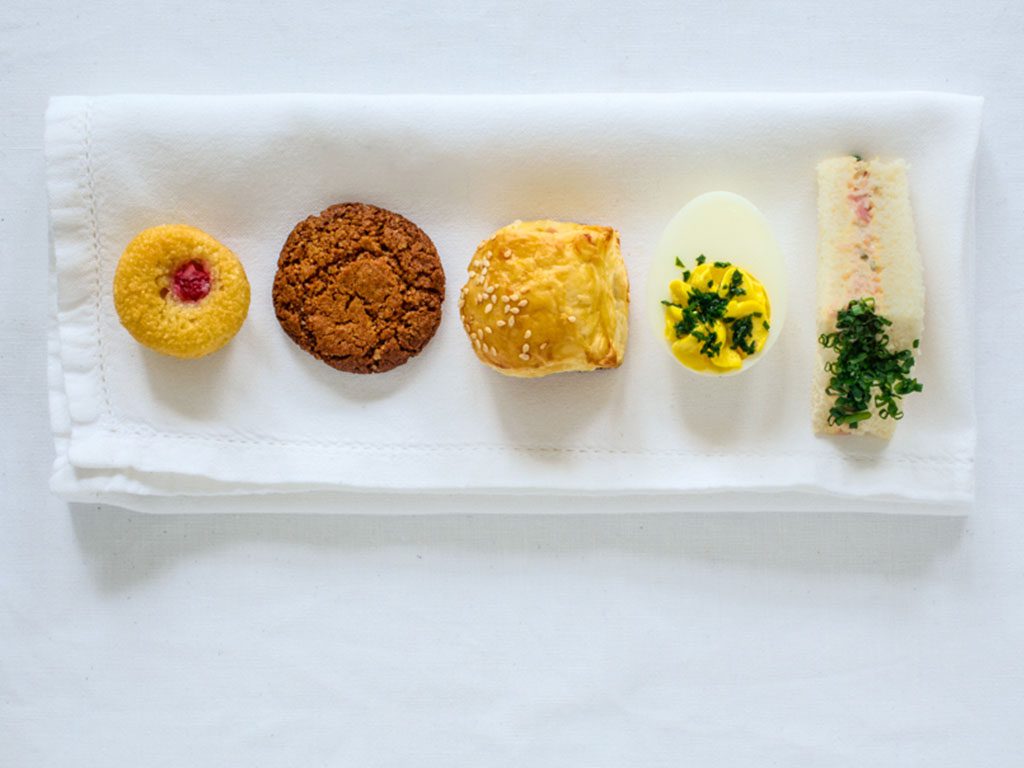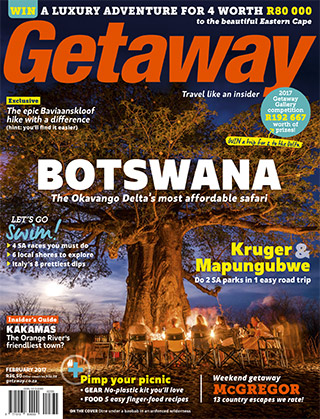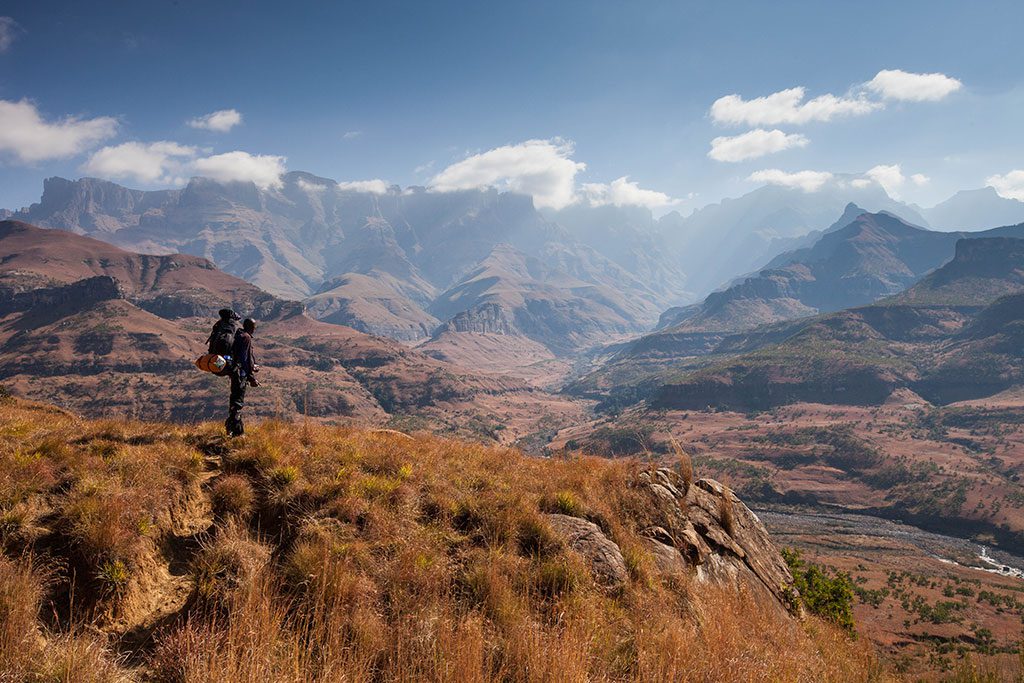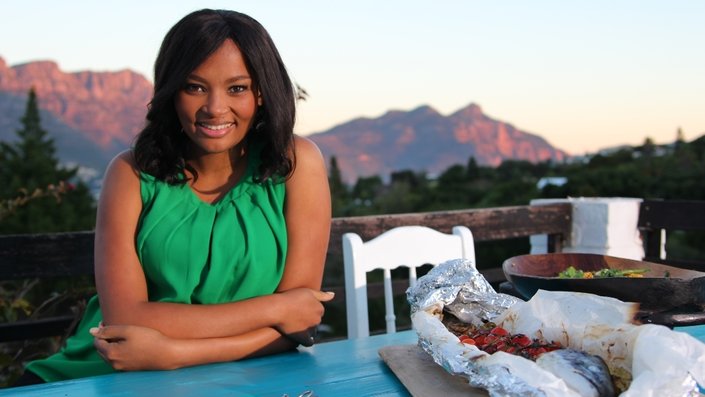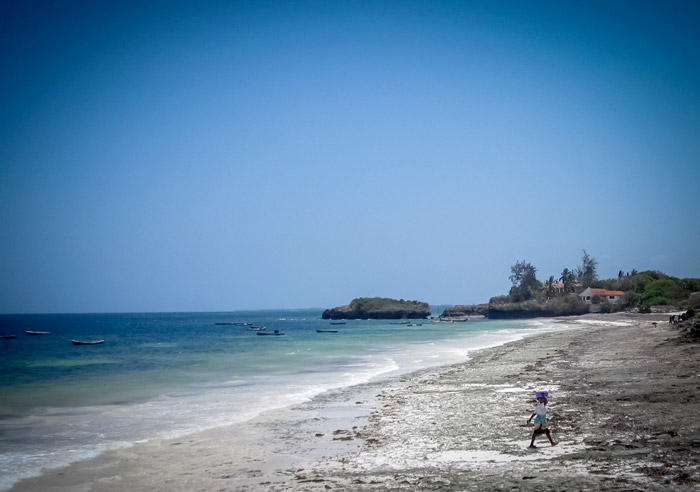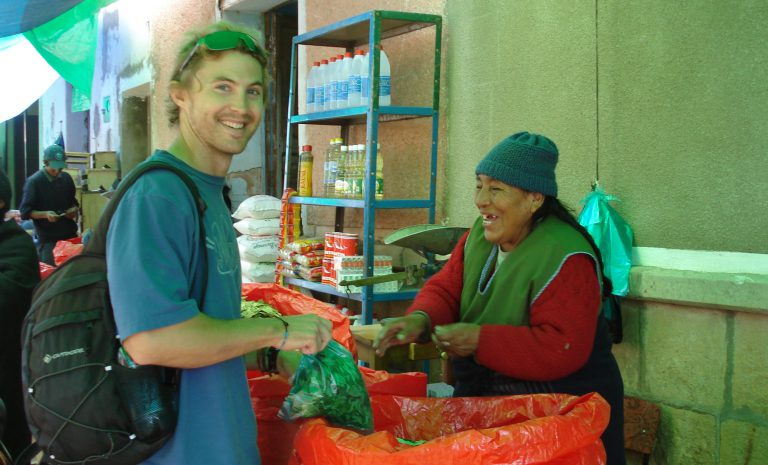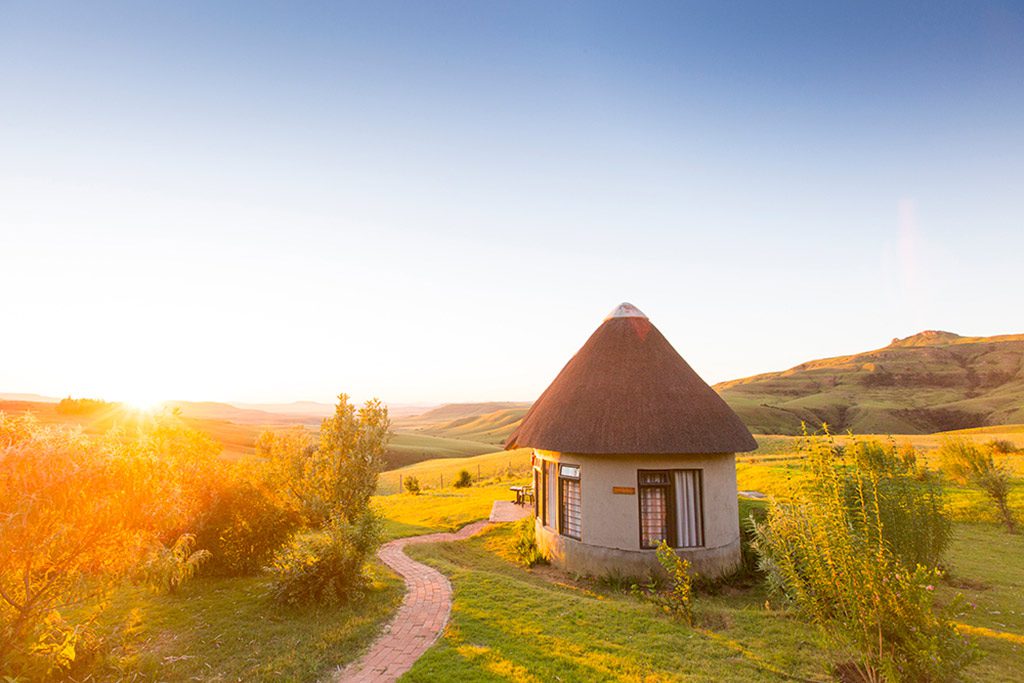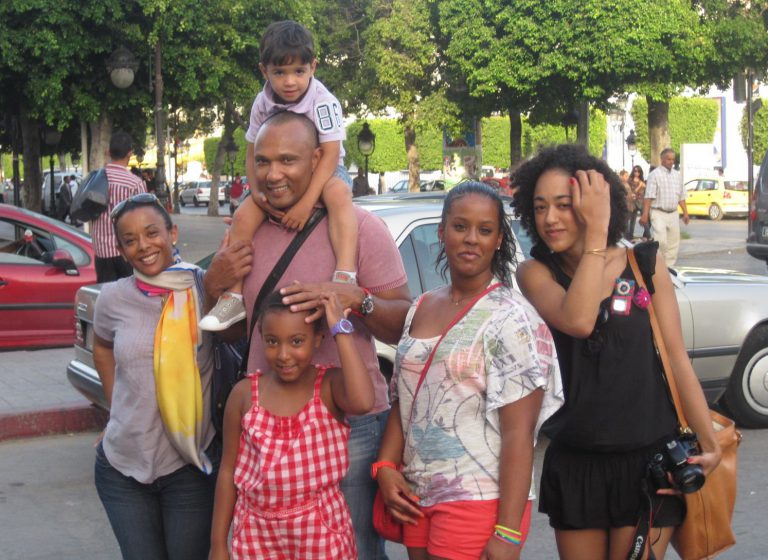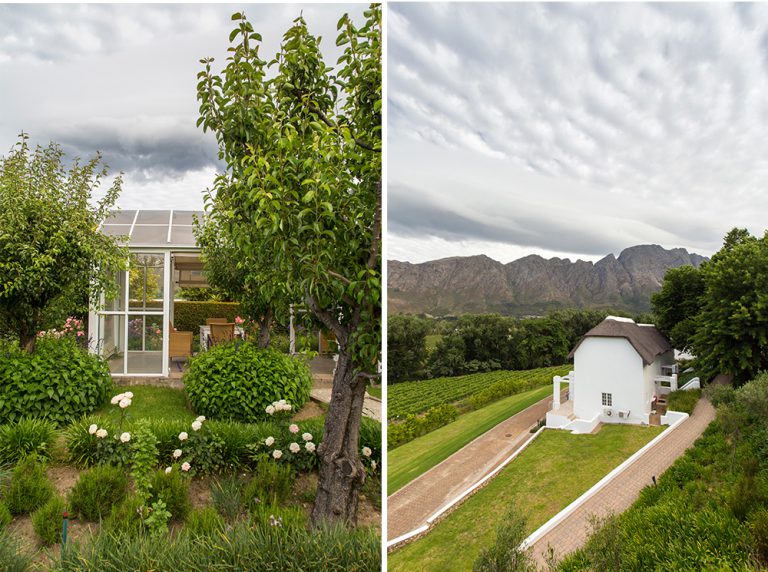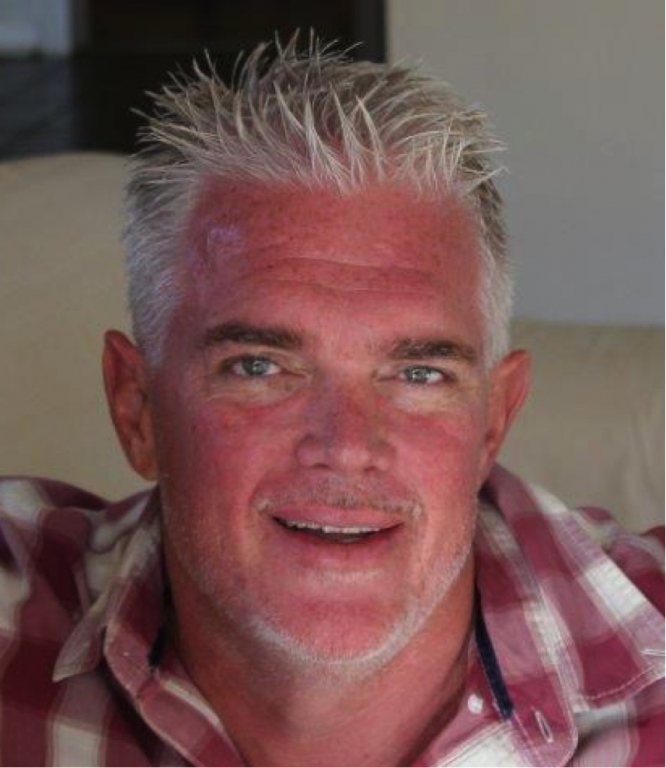
See the best nature has to offer on a day trip to one of the spectacular national parks across South Africa.
Ideally, you want to spend plenty of time immersed in these incredible wild places, but these 10 South African national parks all have excellent day visitor facilities, like picnic areas, game drives and other activities if you’re staying nearby.
Plus, in celebration of Heritage Month you can access these parks for free between 18 and 22 September 2017 – check the SANParks website for exceptions, such as Boulders Beach.
Ed’s note: Gate times published here are valid in September and change seasonly; the conservation fees listed are for South African citizens; SANParks implements a price increase from 31 October 2017, please check the rates before you travel.
1. Kruger National Park
The world-renowned Kruger National Park offers amazing wildlife experiences for South Africans. There’s plenty to see in the park, which boasts an impressive number of species: 336 trees, 49 fish, 34 amphibians, 114 reptiles, 507 birds and 147 mammals. The south can be pretty busy, but is more accessible and productive for day visitors as sightings tend to be better. All the main rest camps have day visitor areas and there are also many beautiful picnic spots (bring some cash to hire a skottel for a great brekkie), plus viewpoints where visitors can stretch their legs.
Whether you like to tick off the big five or chill out and watch the birds at Kruger’s peaceful bird hides. This is still one of the easiest places for an injection of bushveld bliss. Read everything you need to know about day visits to the Kruger here.
Conservation fee: R76 per person and R38 for children.
Gate times: 06:00 – 18:00
Do this: A walking trail in Kruger is the best way to make the bush come alive. There are three walking trails for day visitors to Kruger.
Closest town: Nelspruit is 70km away and Hazyview is 60km from Skukuza Gate.
Stay here: Getaway’s top-rated accommodation in White River and Hazyview.
Also read: The best Kruger campsites from north to south.
2. Camdeboo National Park
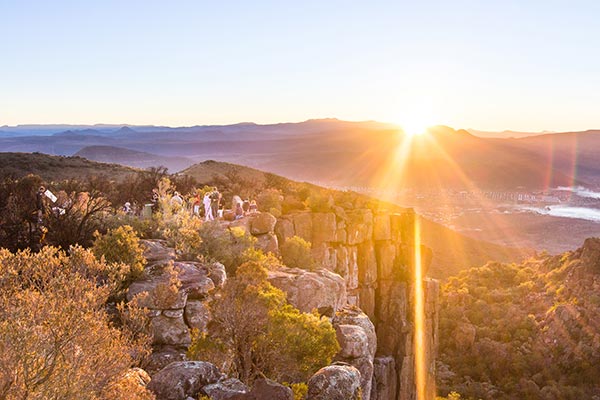
In Camdeboo, a short, 1,5-kilometre hiking trail joins the best viewpoints over the Valley of Desolation. Photo by Tyson Jopson.
You could easily be in and out of the 195 square kilometre Camdeboo National Park in half a day, but the park is open past sunset on weekends for the express purpose of watching the sunset at the Valley of Desolation. Watch the pastel pink light fade as Graaff-Reinet flickers to life beautifully in the valley below. One of South Africa’s smallest national parks, historical Karoo buildings lie within sight of herds of plains game, harking back to a time when the Karoo’s wild animals would walk through town. They still sometimes do.
Conservation fee: R35 per person and R17 for children.
Gate times: 06:30 – 19:00
Do this: Try the Driekoppe 4X4 trail and spot Cape mountain zebra, klipspringer and mountain reedbuck on the way.
Closest town: Graaf Reinet is 5km away.
Stay here: Guide to Graaf-Reinet accommodation.
Also read: Off the N2: a road trip to visit five national parks joining CT to PE.
3. Table Mountain National Park
The Table Mountain National Park stretches 70km from Signal Hill all the way to Cape Point and also includes Boulders in Simon’s Town, Silvermine, Tokai and Oudekraal. Signal Hill and Lion’s Head are popular outings and offer excellent views of the city and harbour. It is from here that the noon day gun marks 12:00 in Cape Town.
The Cape Point Nature Reserve also forms part of the Table Mountain National Park. Take a brisk walk or catch the funicular railway to the very edge of the continent. The kids will love the shipwreck trail, too, where they’ll find the remains of some of the 26 ships that came to a watery end on the shores. Diaz Beach is also worth a visit. This unbelievably beautiful beach is dramatically surrounded by cliffs. Swimming can be a bit dangerous here, but it’s a good spot for photography and secluded romance.
Conservation fee: R135 per person and R70 for children.
Gate times: 07:00 – 17:00
Do this: DIY multi-day hike on Table Mountain and scramble up Lion’s Head.
Closest town: Cape Town is 70km away.
Stay here: 12 blissful seaside spots in Kalk Bay or read Getaway’s guide to Simon’s Town and Muizenberg to see our other top choices.
4. West Coast National Park
Home to the magical Langebaan Lagoon, white sandy dunes and incredible birdlife, the West Coast National Park is so close to the city it’s an effortless day trip from Cape Town. The park hosts a total of 250 bird species and blankets of wondrous wild flowers in the winter when rainfall has been good.
The blooms are currently out now and putting on a great show. Be sure to get in early during this popular season as cars can queue for several kilometres down the N7 for entry.
Conservation fee: R70 per person and R35 for children.
Gate times: 07:00 – 19:00 (Postberg is only open in August and September, during prime flower season from 09:00 – 17:00)
Do this: Pack a picnic and while away an afternoon in Kraalbaai – you’ll feel as though you’re holidaying on an island. Explore the many rock pools along the seashore in Tsaarsbank or escape the flower crowds by exploring on a mountain bike.
Closest town: Langebaan is 10km away.
Stay here: 22 lovely spots in Paternoster.
Also read: Take a surf safari up the West Coast.
5. Garden Route National Park
The Garden Route National Park is made up of three sections – Wilderness, Knysna and Tsitsikamma – and offers a variety of habitats to explore. Wild indigenous forest, beautiful coast and dark-water rivers.
In Wilderness you can canoe the Touw River, which leads to the wide Wilderness beach or meander gently alongside the Half-collared Kingfisher Trail as it stretches out toward the waterfall at the end.
There are plenty of day hikes in the Knysna section too, but it’s great for mountain biking or birding as well. Then, Tsitsikamma is where the ocean meets lands in a striking array of colours, rocks and fynbos. There’s places to snorkel, rock pools to play in and seascapes to admire.
Conservation fee: R49 per person and R24 for children.
Gate times: 07:00 – 18:00
Do this: Kayak (and lilo) up the Storms River or hike the three-kilometre coastal trail to a waterfall that cascades into a dark pool of fresh water before trickling into the sea.
Also read: 10 adventure activities on the Garden Route.
Closest town: Storms River Village is 15km away.
Stay here: Use this guide to Storms River to find our top stays.
6. Mokala National Park
Mokala National Park is about 70 kilometres from Kimberley and is best known for harbouring endangered species like sable, roan and tsessebe, aardvark and the tiny aardwolf. Mosu Lodge offers four game drives each day: in the early morning, during the day, at sunset and at night, and there’s an option to view old rock engravings that are about 2000 years old. Mosu Restaurant is at the back end of the main Mosu Lodge on the vast expanse of grass overlooking the parklands, and there are tortoises walking about. The good old Russian and chips is a winner., but if that’s not for you, there’s loads to choose from off the à la carte menu. Pre-booking is advised.
Conservation fee: R37 per person and R18 for children.
Gate times: 07:00 – 18:00
Do this: If you’re keen on culture and heritage, get a guide to take you to see San rock art in the park.
Also read: 5 things everyone should do at Mokala Nataional Park.
Closest town: Kimberly is 90km away.
Stay here: One of our journos went camping for the first time in Mokala National Park – why not try it?
7. Augrabies Falls National Park
There’s a distinct calm and isolation about the desert areas in South Africa, but Augrabies is the one place where water cuts right through it all and makes an almighty noise about it. A rambling trail at the main rest camp links a series of viewpoints to see the Orange River in full flow and after that, be sure to explore the rest of the park. Drive downriver and witness the calmness of the river in the stunning Oranjekom Gorge.
Conservation fee: R37 per person and R18 for children.
Gate times: 07:00 to 18:00
Do this: Gaze over the falls and then drive between the other viewpoints – you’re sure to spot giraffe, springbok and more on the way.
Closest town: Kakamas is 27km away.
Stay here: Use this insider’s guide to Kakamas to find the best accommodation.
8. Marakele National Park
Did you know you can see the Big Five at Marakele National Park? The Waterberg Mountain range stretches all the way into the park and it’s one of the best places to gaze up at the cliffs and catch sight of the raptors swooping around the Cape vulture colony. It’s also one of the only places in the area that day visitors can self-drive in Big Five territory.
Conservation fee: R44 per person and R22 for children.
Gate times: 06:00 – 16:00
Do this: Arrange in advance and kick off your day visit with a morning walk at 06:00 (R325 per person) and then spend the day spotting game. Don’t miss the gorgeous winding drive up to the Lenong viewpoint where Cape vultures swirl up high.
Closest town: Thabazimbi is 15km away.
Stay here: Use this guide to the Waterberg to find affordable bushveld stays nearby.
9. Addo Elephant National Park

A young lioness yawns in the morning light in the Colchester section of Addo. Photo by Melanie van Zyl.
Addo’s Main Game Area and Colchester Section are the regions that most people think about when envisioning the park. Together they are roughly 24000 hectares and this is the place to see elephant hoards (in future, some of the ellies will also be moved to other sections of the park).
Other special sights include naturally tusk-less elephants, the Addo flightless dung beetles and caracals. You’ll also see kudu in numbers as large as the herds of impala in Kruger, and an abundance of warthog snuffling about on their knees.
There are no bins in the visitor areas of the parks so travel with your own rubbish bags to deter rodents.
Conservation fee: R62 per person and R31 for children.
Gate times: 07:00 – 18:30
Do this: Visit the Underground Hide and Interpretation Centre at Addo Main Camp and book a hop-on guide. Take a drive to Carol’s Rest and then to Hapoor Dam with Simnikiwe Nogaya in your vehicle. Simni has worked in the park since 2000 and will share everything he knows about the park – and knows how to find the predators.
Also read: Do the best elephant-spotting route in Addo.
Closest town: Colchester is just 3km away.
Stay here: There are 14 fantastic stays near Addo.
10. Golden Gate Highlands National Park
Nestled in the rolling foothills of the Maluti Mountains of the north eastern Free State lies the Golden Gate Highlands National Park. The Free State’s only national park, Golden Gate Highlands National Park is currently also the only national park proclaimed to protect the grassland biome. It’s also perfect for travellers heading from Joburg, Durban or Bloem, sitting just a three hour drive from either of these city centres.
Conservation fee: R44 per person and R22 for children.
Gate times: Office hours are from 07:00 – 17:00 to buy permits.
Do this: Walking is the best way to appreciate this park and feel the scale of this mountainous paradise. There are plenty of day hike options leaving from Glen Reenen Rest Camp.
Closest town: Clarens is 20km away.
Stay here: 5 great places to stay in Clarens.
Also read: Why Clarens is the perfect escape.
This article, 10 South African national parks perfect for day trips, was originally posted on the Getaway Blog by Melanie van Zyl.


